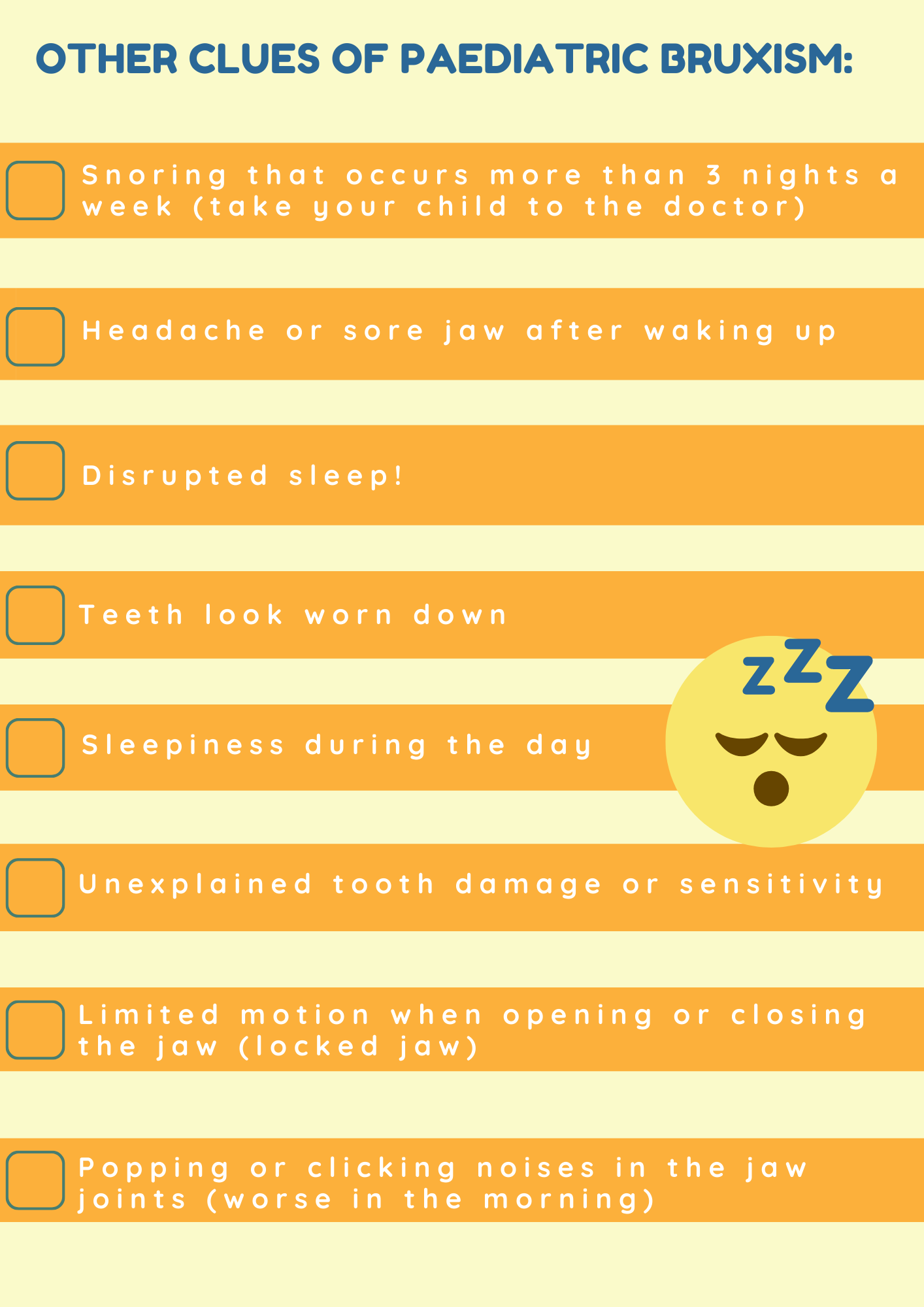Sydney-based dentist Dr Alistair Graham is urging parents to take their child to the dentist if they show any signs of grinding their teeth.
Paediatric bruxism is a common condition that occurs when children unconsciously grind or clench their teeth, usually during sleep.

Dr Graham says misleading information online gives parents the impression they don’t need to seek medical support; because their child is going through a temporary phase that won’t harm their health.
“Although it’s true that many children stop grinding their teeth as they get older, this doesn’t always happen. Unfortunately some cases of bruxism do persist and become severe – leading to complications such as tooth loss, migraines and facial pain,” Dr Graham said.
It’s also crucial to note that paediatric bruxism can be a red flag for an underlying medical problem that needs to be investigated further.
Sleep bruxism is a complex condition that can be triggered by any number of factors like stress and obesity; but multiple epidemiological studies show it’s often linked to sleep disorders like sleep apnoea.
“If we suspect a child is grinding their teeth, our first action is usually to refer the patient to a sleep specialist who will conduct a sleep study,” Dr Graham said.
Paediatric bruxism is also common when children have misaligned teeth, jaw problems or a narrow palate. Patients are referred to an orthodontist or ear, nose and throat specialist (ENT) to correct the underlying problem, when this is suspected.
Whatever the causes, it’s important to take one's child to their dentist as soon as one notices any symptoms of tooth grinding (such as disrupted sleep and unexplained tooth damage).
“A big sign is a scraping or screeching sound that occurs when enamel rubs against enamel. This is usually picked up by a sibling or parent whose sleep is disturbed by the unsettling noise,” Dr Graham said.
Dr Graham published an article titled “How to stop teeth grinding in children” to inform parents about the signs and causes of bruxism, as well as treatment strategies.
